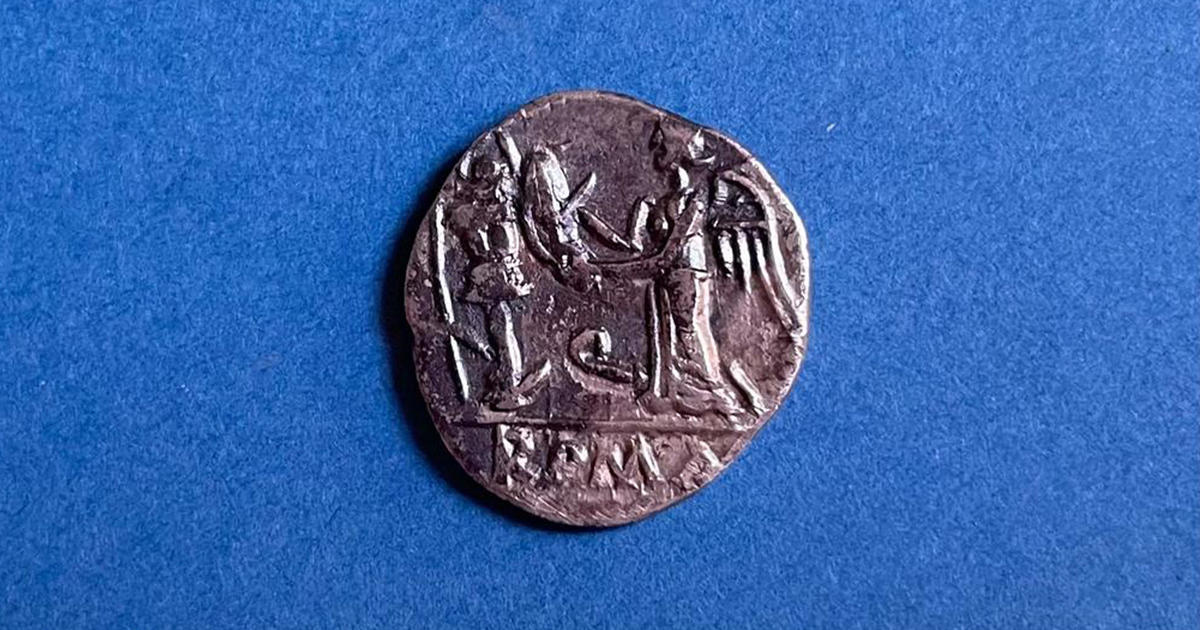A trove of ancient coins and gems has been unearthed in northern Italy, marking the latest treasure discovery in an ongoing archaeological effort to explore Claterna, a bygone city described by officials as a “magical place” holding relics dating back 2,000 years.
Situated in an area which is now Bologna, Claterna was once a bustling hub for both culture and commerce, and had direct ties to Rome. The ancient city existed from the second century B.C. through the sixth century, according to the Museum of Claterna, which notes that the vibrant city once had multiple communal areas, including a market, a basilica and a theater, as well as a suburban area outside of the city center.
The archaeological site now being probed at Claterna covers about about 44 acres — and the relics unearthed so far have come from just 10% of the area, officials say. Outside of that relatively small section, the rest of the has not yet been thoroughly studied.
Siriana Zucchini, Soprintendenza Bologna / Italian Ministry of Culture
Previous excavation projects at site of the ancient city have uncovered the remains of what may have been an early metropolitan center, with archeologists discovering roads and colorful mosaics along with a spa facility and an enormous theater among the ruins, the Italian Ministry of Culture said in a news release issued Nov. 10. The release detailed some of the most recent findings, which included 3,000 silver and gold coins and 50 colored gems, engraved with markings meant to honor various deities.
Roberto Macri, Soprintendenza Bolognia / Italian Ministry of Culture
One silver coin, a standard currency in the ancient Roman Empire called a Quinario, was discovered inside a corridor in the auditorium of the theater at Claterna and dated 97 BC. The “rare find” reinforces estimates about when the theater itself was constructed, around the first century BC, the culture ministry said.
Soprintendenza Bologna
Those discoveries could be evidence of Claterna’s important past as well as its relationship with Rome, which may have also been significant, the culture ministry said. Lucia Borgonzoni, the Undersecretary of State for the ministry, likened the newest findings at Claterna to a “Pompeii of the North,” citing the expansive area studied, the quality of the findings uncovered to date as well as their potential significance to history.
In addition to continuing with further excavations, Borgonzoni said the culture ministry and the superintendency of Bologna will coordinate with local institutions in the area around the archaeological site to educate the public about Claterna.
“We intend to implement a series of activities that will involve local entities and institutions, designed to bring knowledge of this magical place rich in history to young people first and foremost and to attract as many visitors arriving from all over the world,” Borgonzoni said in the statement.
Officials are also discussing possible plans to restore Claterna’s ancient theater “to its original function as a place of entertainment,” she said.

